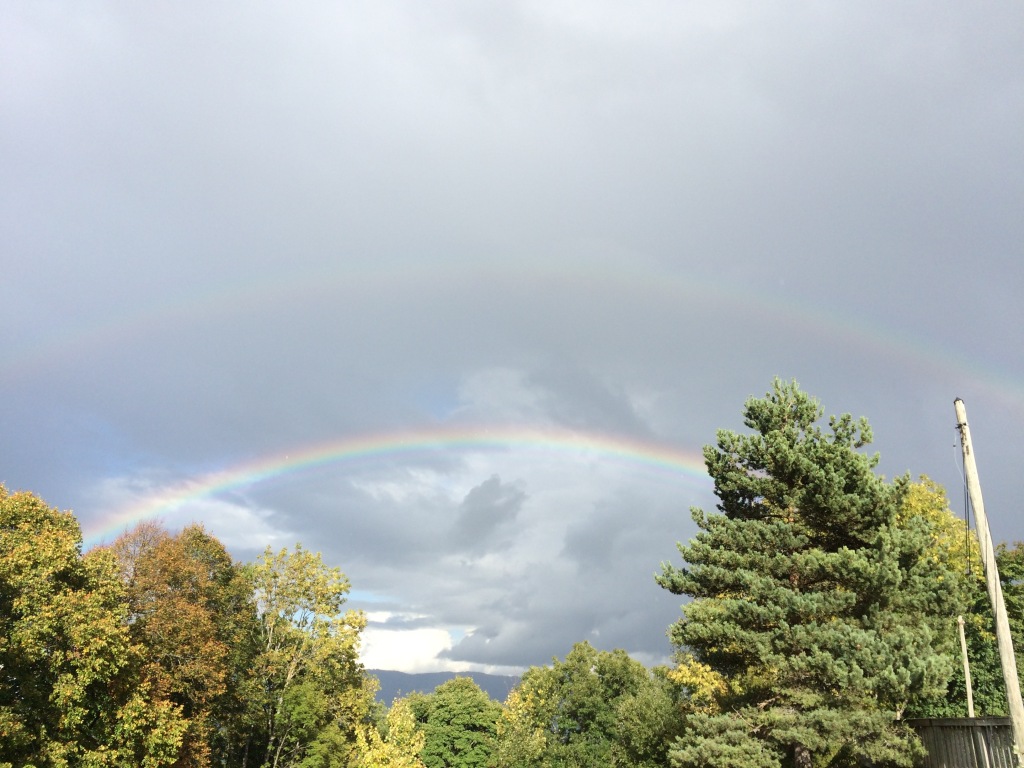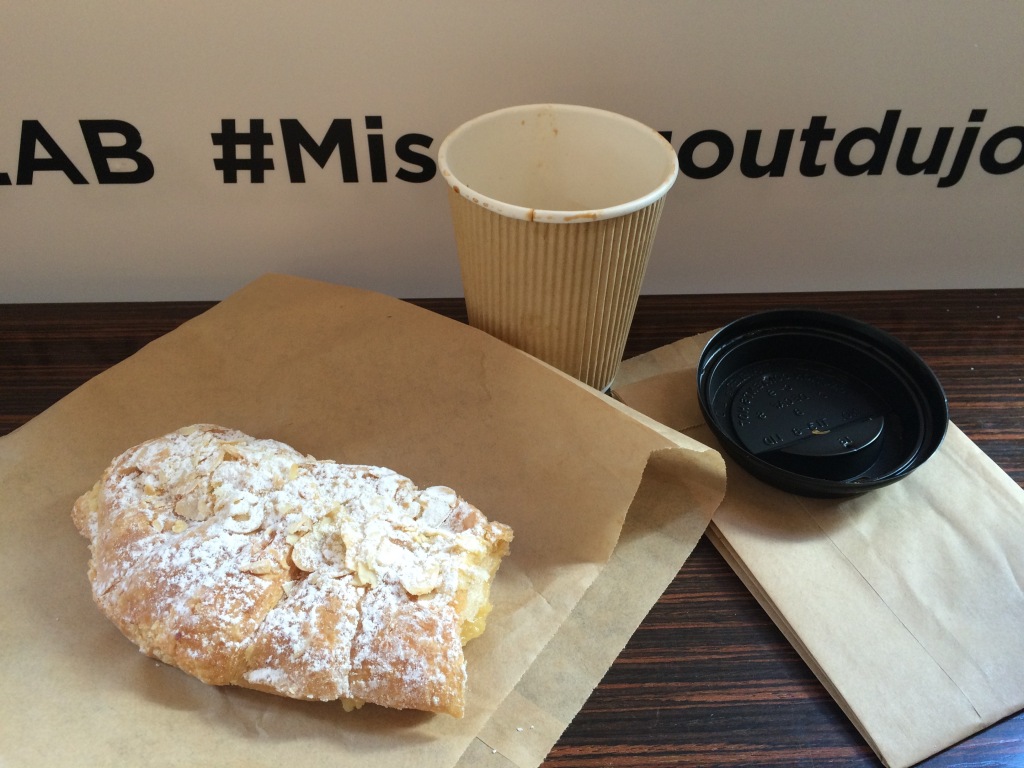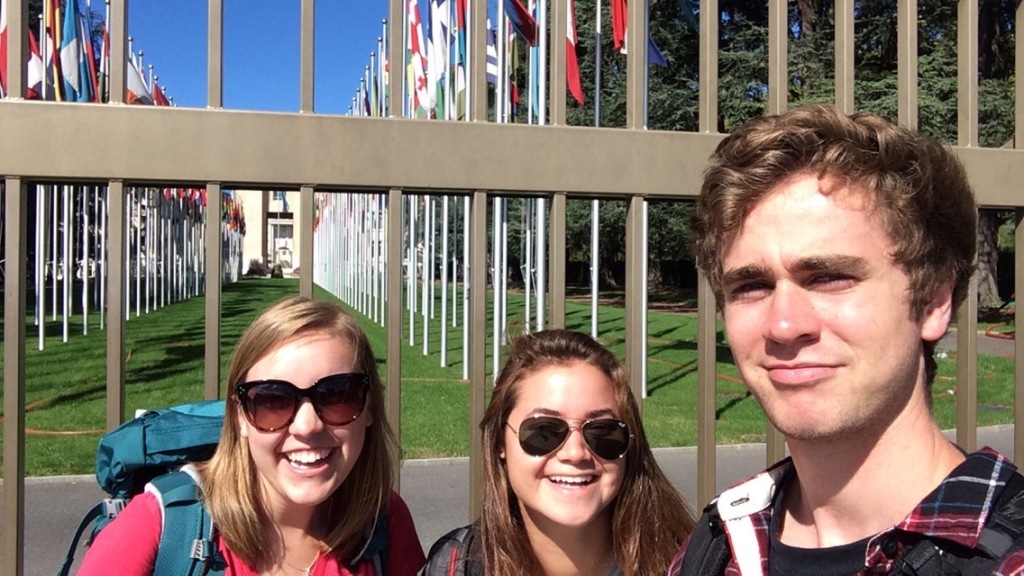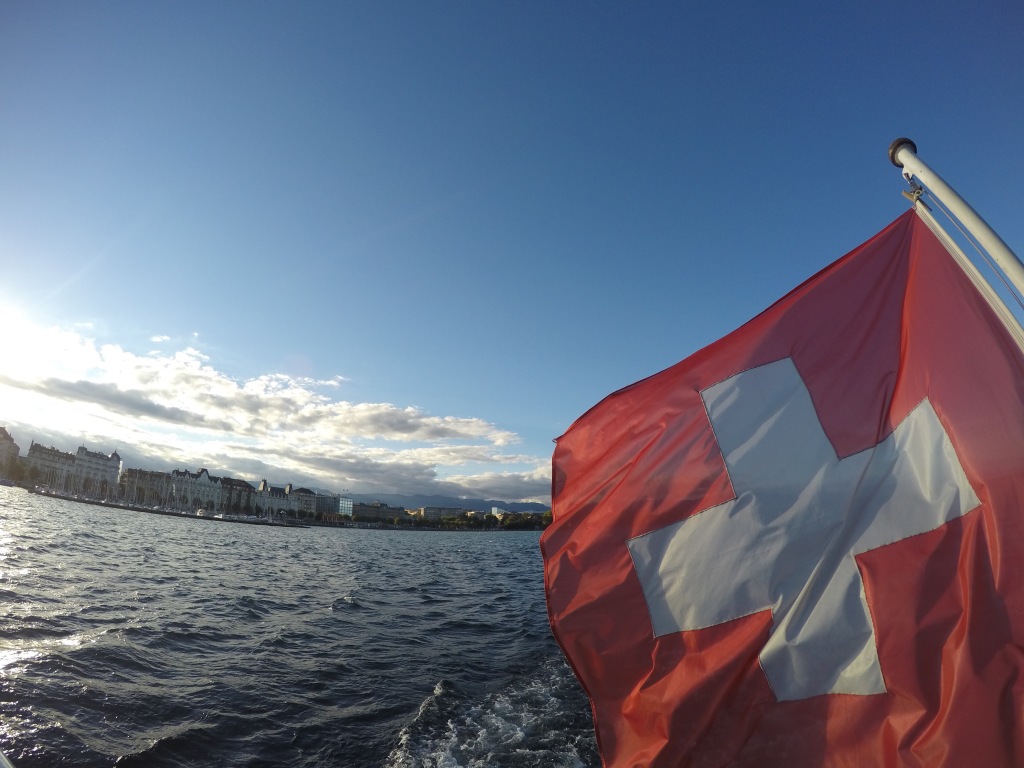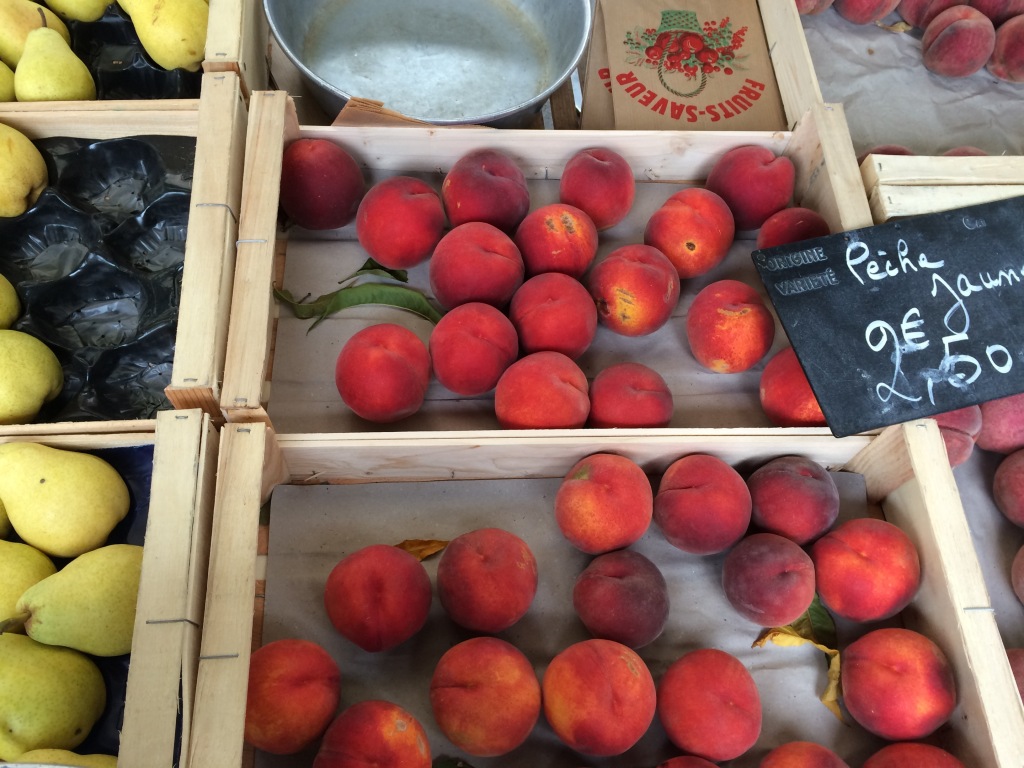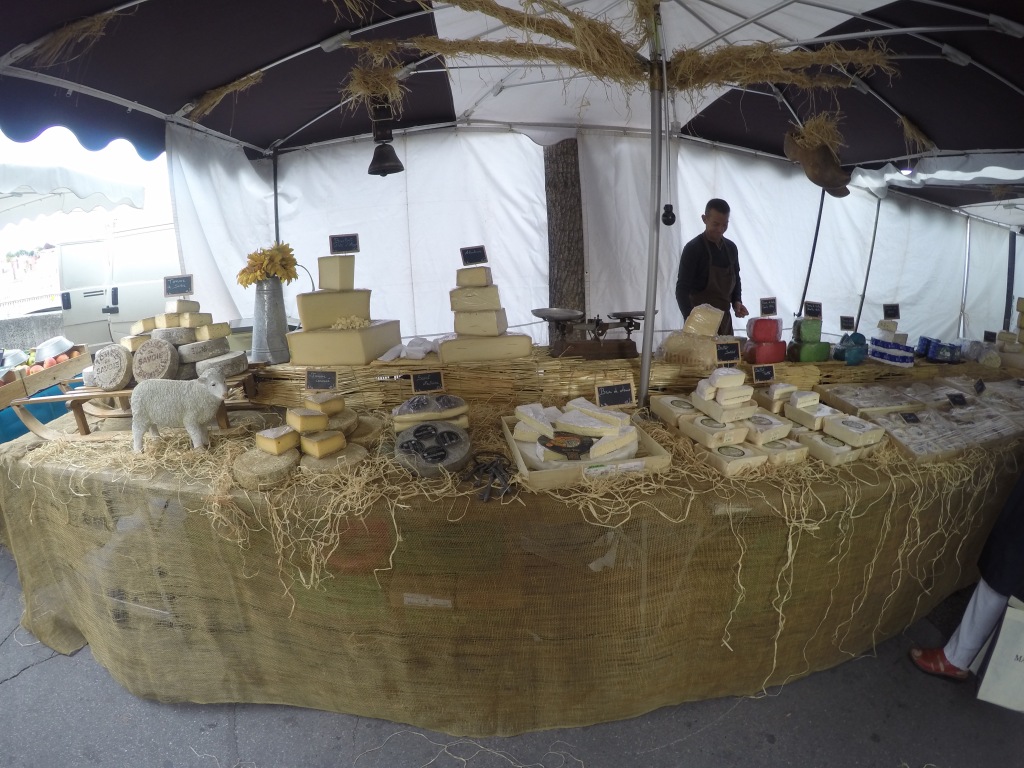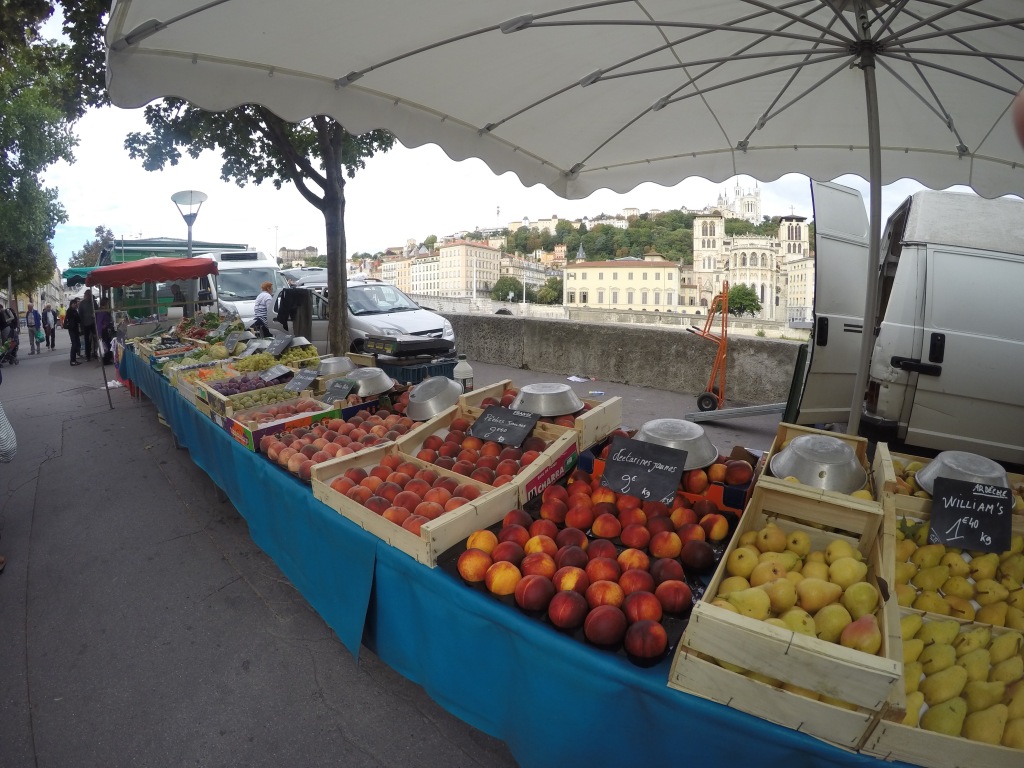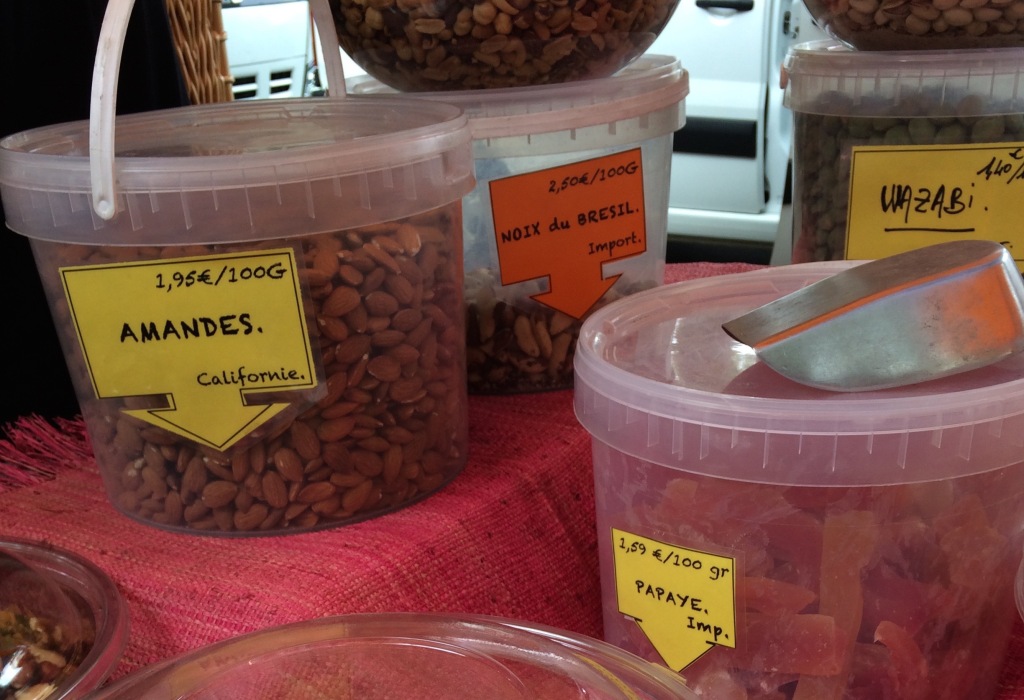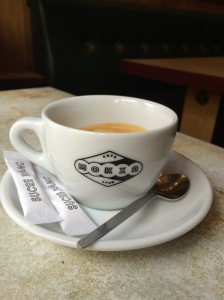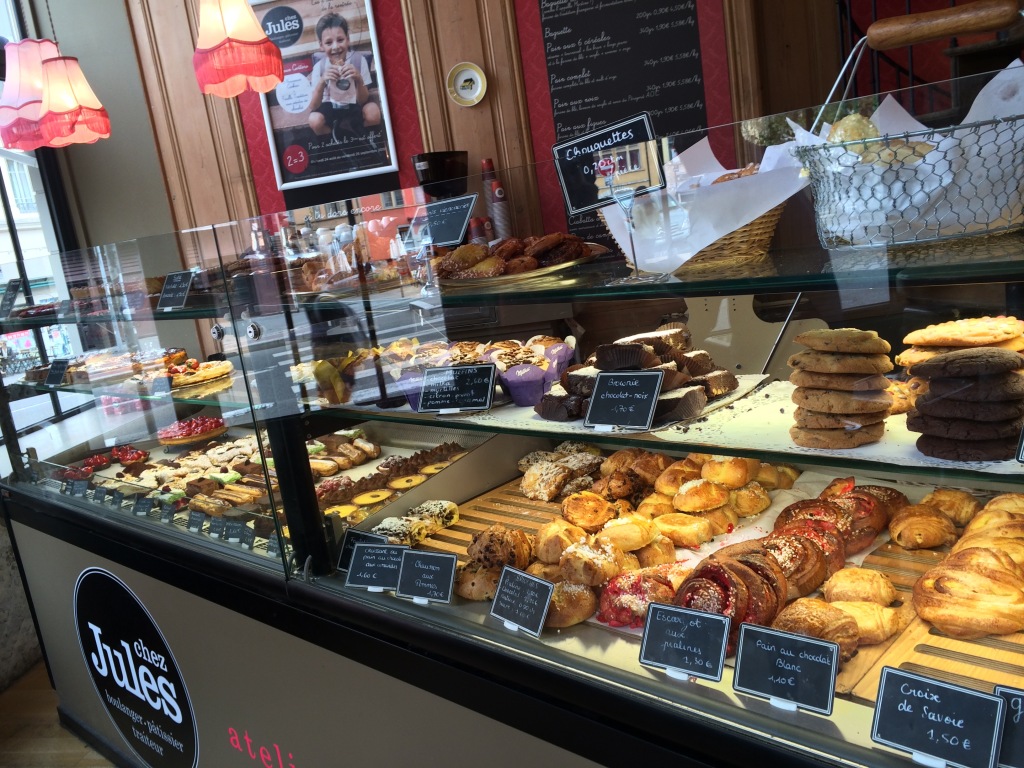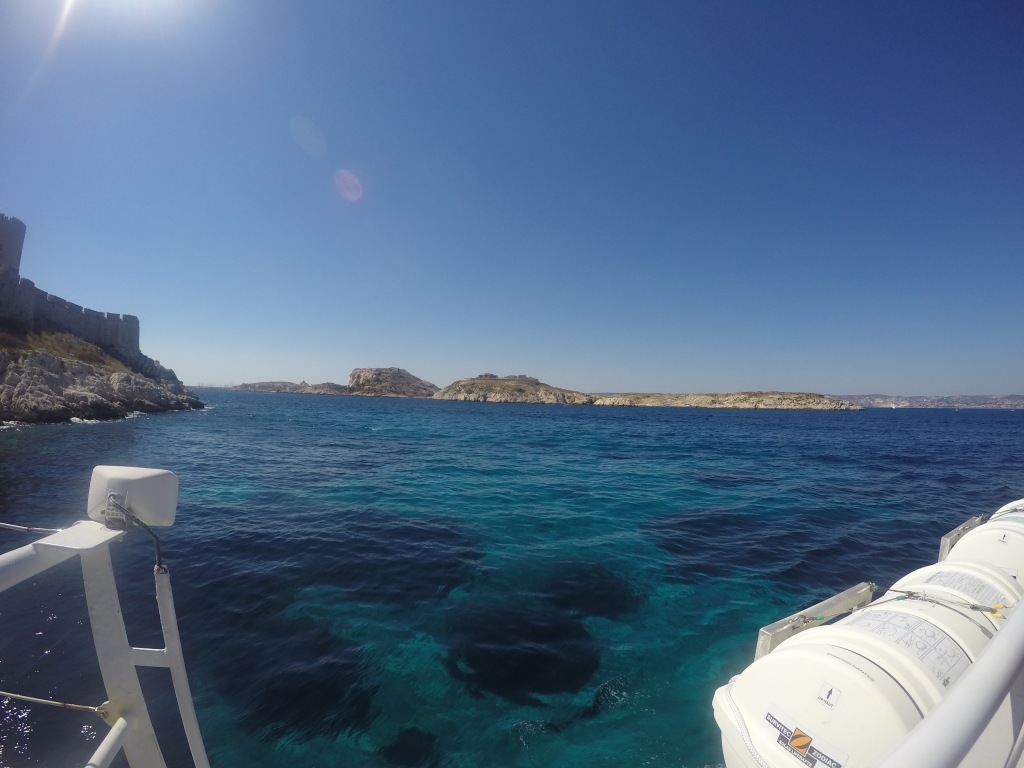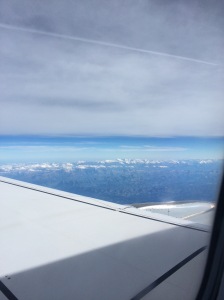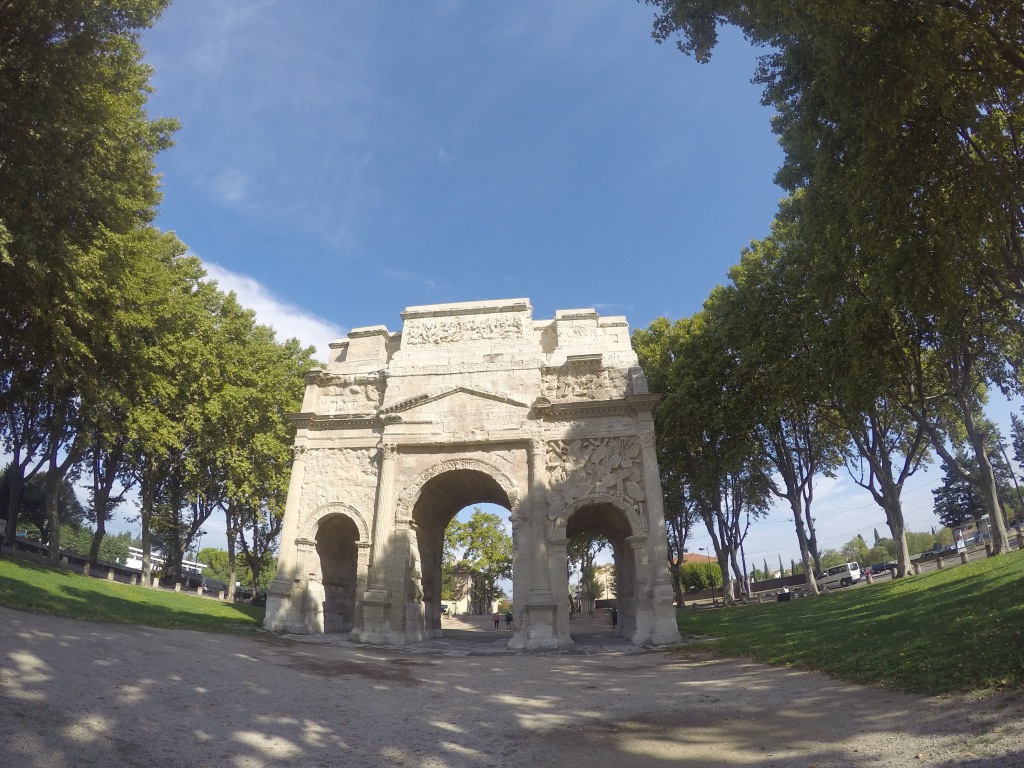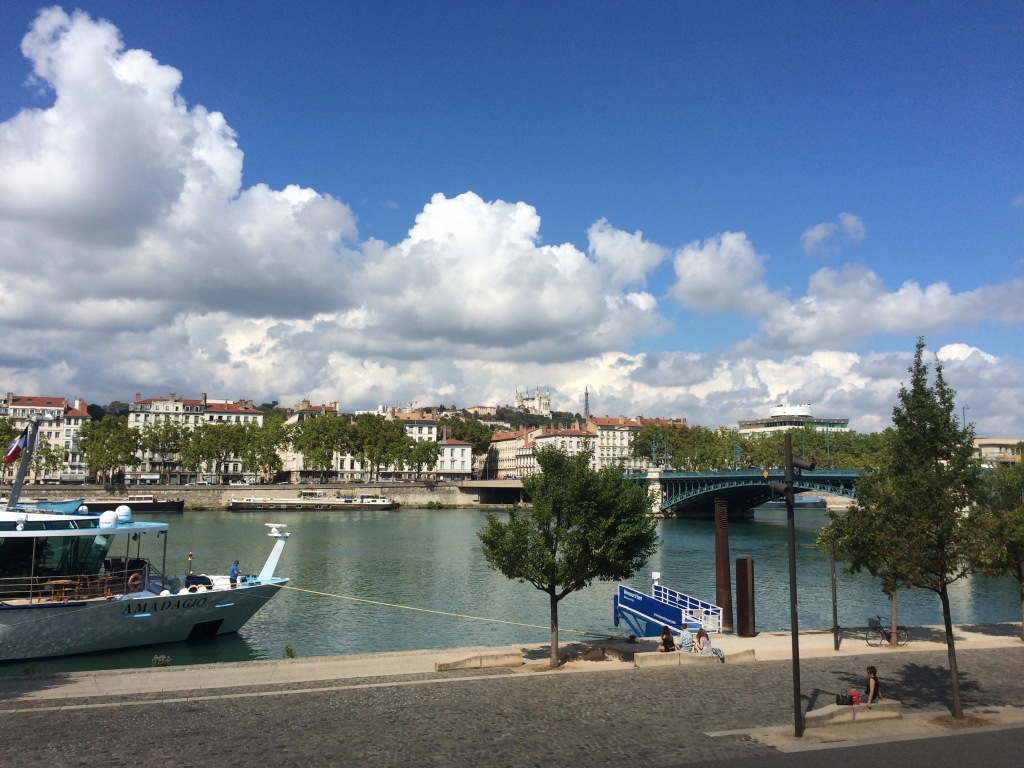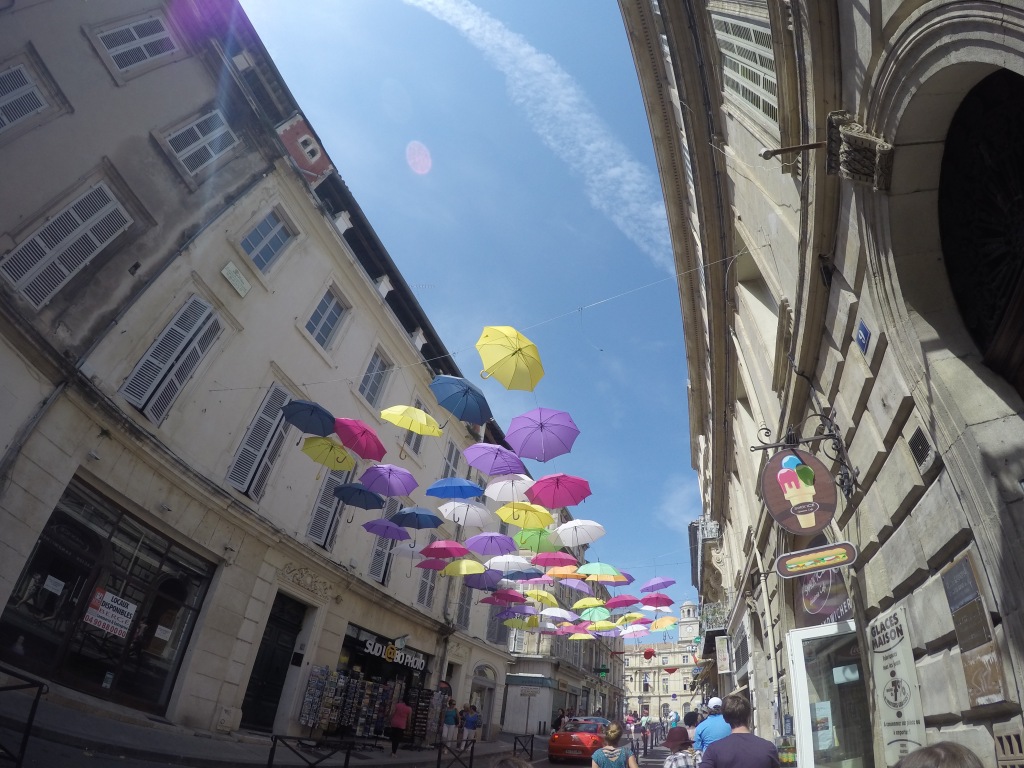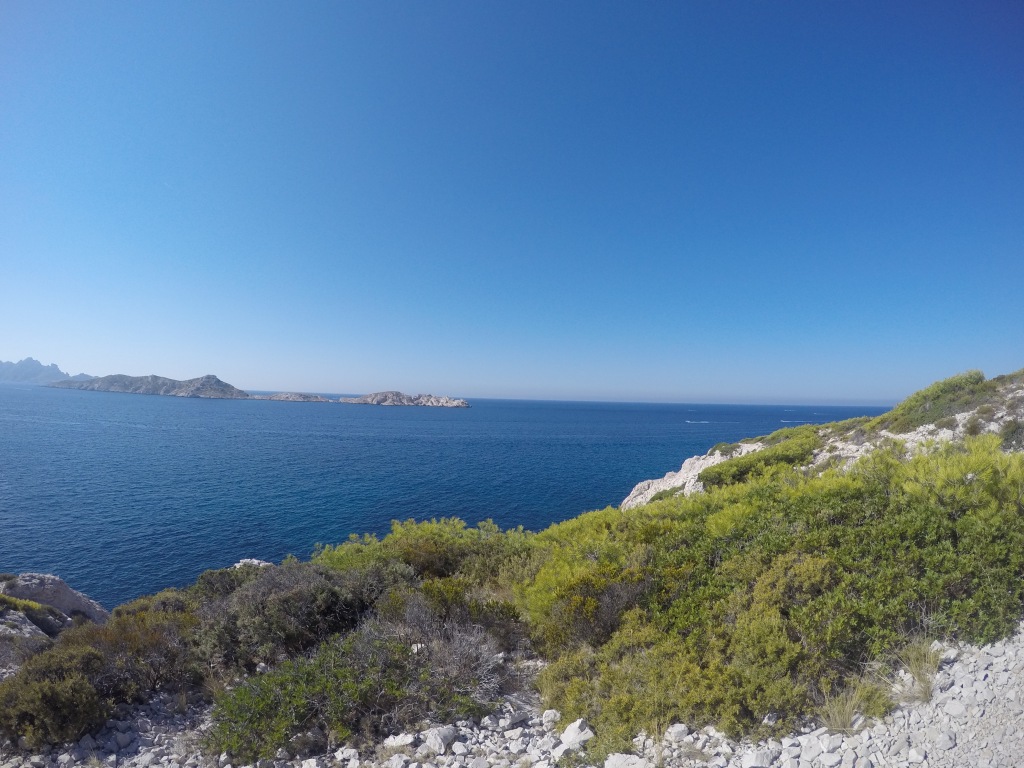It’s Tuesday of dead week, I’m sitting in my editing class typing like a maniac. Less than a week stands between me and summer, and I find myself reflecting on an academic year that has stretched me and allowed me to grow in so many different ways than ever before. This platform serves as a way to hopefully sift through some of these thoughts and maybe even find a bit of clarity, but we’ll see…
What defines me? I don’t think I could ever answer that question with any sort of absolution, and maybe that’s just part of who I am. I’d say who I am is a progressive collection of my experiences, reactions and ability to adjust when things don’t go as planned. And to be honest, I like when things don’t go as planned, because for the most part, I’m not really the crazy stick-to-the-schedule-or-die type. I’m happy to be crazy in my own way though.
When I was just a wee elementary-schooler, I remember always complaining to my mom that my legs were sore. Growing pains, she’d tell me (or maybe I was just being a wimp). While I sadly stopped growing at sixteen, I’ve certainly experienced growing pains in just as real a way, outside of the physical realm. Growth is fantastic, but I often focus on the pretty view from the top of the mountain and quickly forget about the grit it took to get up there.
So what have I learned? What areas have I experienced growth in? I feel like these questions are always asked at the end. At the end of a class, the end of a challenge, the end of a year. But why not at the beginning? Or along the way? What I’ve learned influences how I will continue to learn, what I want to keep learning, and how I strive to carry myself.
I got to travel the freakin’ world this year, and my mind is still blown at the experience of study abroad. Sure, I had this romanticized vision in my mind of becoming cultured (ha) and being a changed woman upon my return, and while these things hold true (the cultured part is more of an idealistic hope), they have also posed challenges for me since my return to the States.
I’m not the same, and I don’t want to be, but at times I wish I could, because it was easier. Easier to relate and connect, to be understood. The only way I know to explain coming back from studying in France is that it has since created a wildly deep sense of yearning within me, to the extent that it’s been unimaginably difficult to conceptualize and make sense of in my head.
I won’t try to feed you some crap about how I found myself abroad, but I will say that part of me was left there (probably just as corny, but there it is). Not that I don’t love being where I am, because I do, I just know that I was the rawest form of myself when I was out of my element.
Raw in several aspects. Raw as in bare bones minimalistic (or my version of it): having about five shirts, three pairs of pants and one coat as my wardrobe (France does have washing machines though, yay). Raw as in being faced with independence daily, and having to push myself and stretch myself in order to embrace it. Raw as in being okay to adventure and experience new places as an individual.
Why is independence so feared here? Why is going on a solo hike considered weird? Why is it scary to watch the sunset at the beach by myself? Why are our identities so tied to who we spend our time with? It kills the loner within me to feel like being on my own is somehow unnatural or looked at with a tilted head and furrowed brow.
The word alone is not part of this rant though (other than the fact that I just used it). Looking back, I never felt alone. Scared, skeptical, uncomfortable? Yes. But alone? Nah. This isn’t me trying to tout the bravado of some fearless trailblazer, it’s honest explanation of an experience that was challenging and dynamic, but never one where I felt alone or unsupported.
It’s uncomfortable to sit with my thoughts sometimes. It forces me to really dissect my feelings, to confront them and try to understand why. That’s been a huge challenge for me being back. Why am I different now? What’s changed? Why don’t I connect with my friends the same way that I did before? If I knew, I guess it wouldn’t be so uncomfortable to think about.
There are two options I usually see before me. First, I can allow the busyness (yes this is spelled correctly) to temporarily push out my discomfort and let it build in the background while I numbly carry on. Or second, I can wrestle and struggle and feel frustrated and push myself to ask why. Yeah, I usually settle for the first because the second requires the commitment of extra brain power that I’m usually unwilling to yield.
As someone focused on progress rather than performance, mindlessness is sometimes necessary for sanity. What’s dangerous is when that same mindlessness becomes my gross, habitual norm.
When’s the last time I sat down and wrote? Take a look at my last blog post. November. My mind is cluttered and distracted here. I’m safe, I don’t have to ask why because I’m surrounded by familiarity. Not to say that only writing every six months is some unforgivable faux pas, because if we’re honest you’d probably hate me by now if this type of rant was a more common occurrence.
So while I often find myself on the verge of tears yearning to be back wandering the streets of Berlin, or Amsterdam, or Paris, I know my real desire is to be the fiercely independent being that boldly pursued those experiences. Thankfully, I find that when I question and push, that person really isn’t that far away at all, it just takes some genuine effort to tap into my mind and find her again.
Coming back, I distinctly remember sitting in class on the first day of Winter quarter asking myself what the flip I was doing here. I get lost so easily in the hum of routine and tasks to check off my list that I forget how freeing it is to press in to my discomfort. So yes, I’m still here, still crazy and still not satisfied with stagnation.
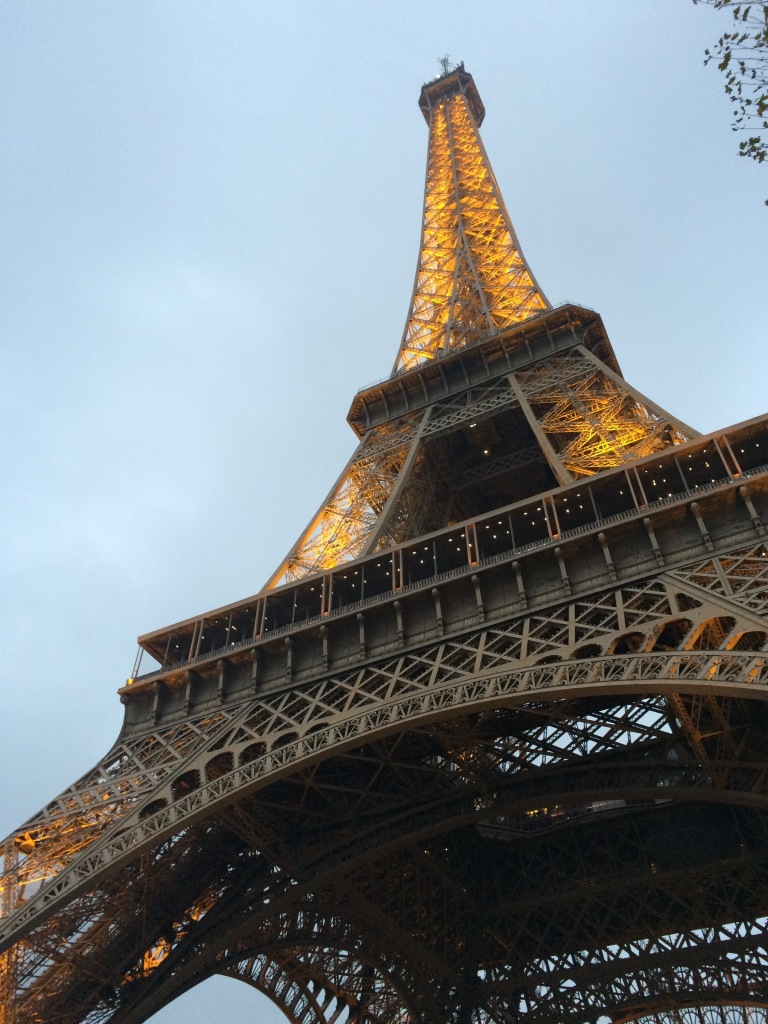
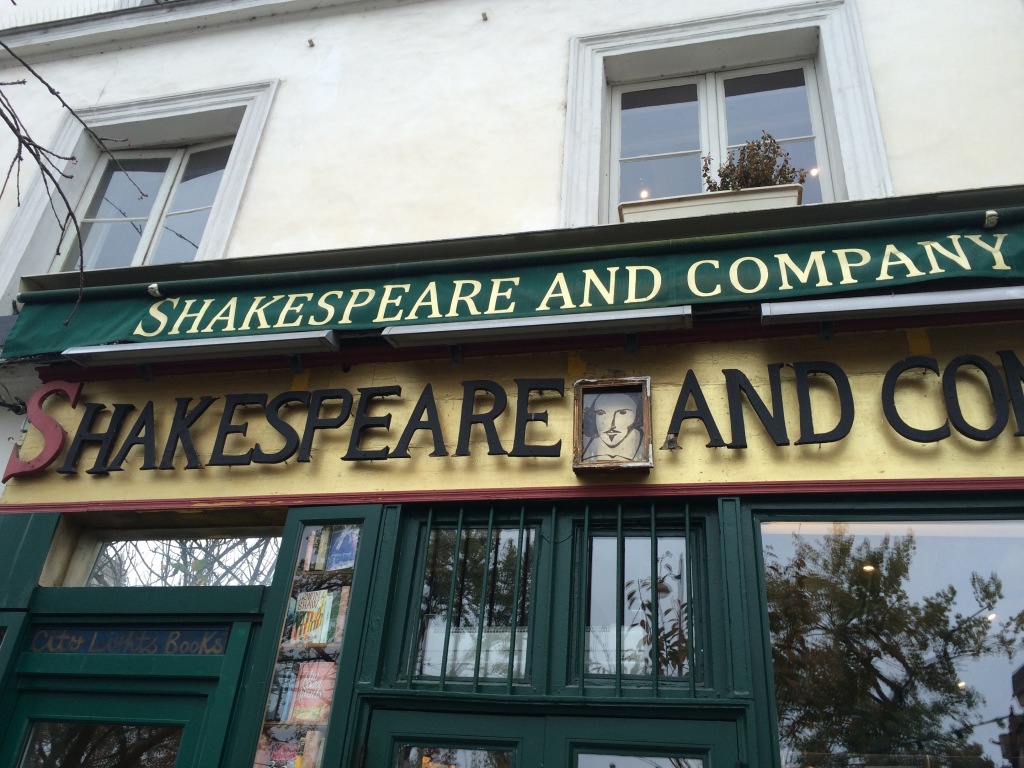
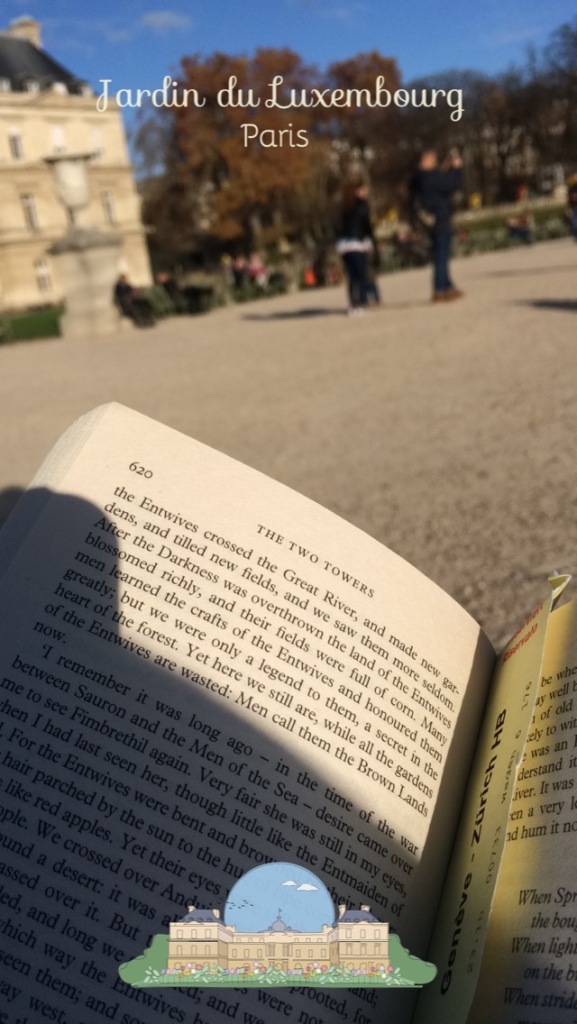

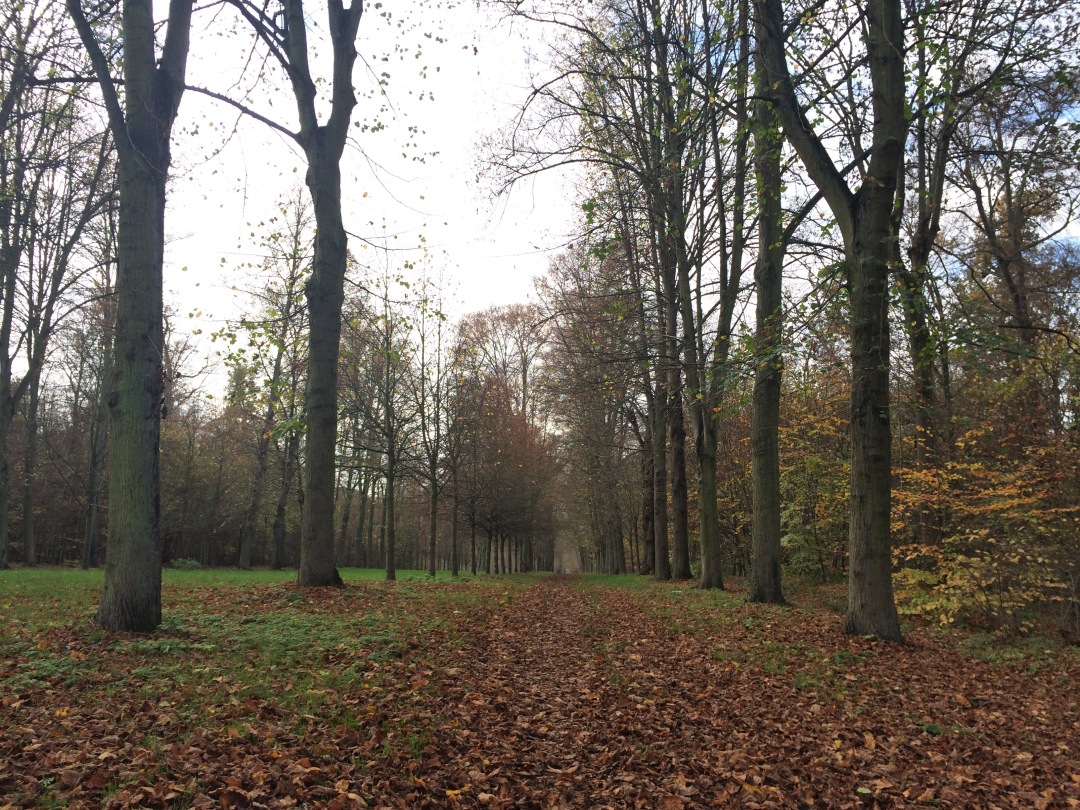
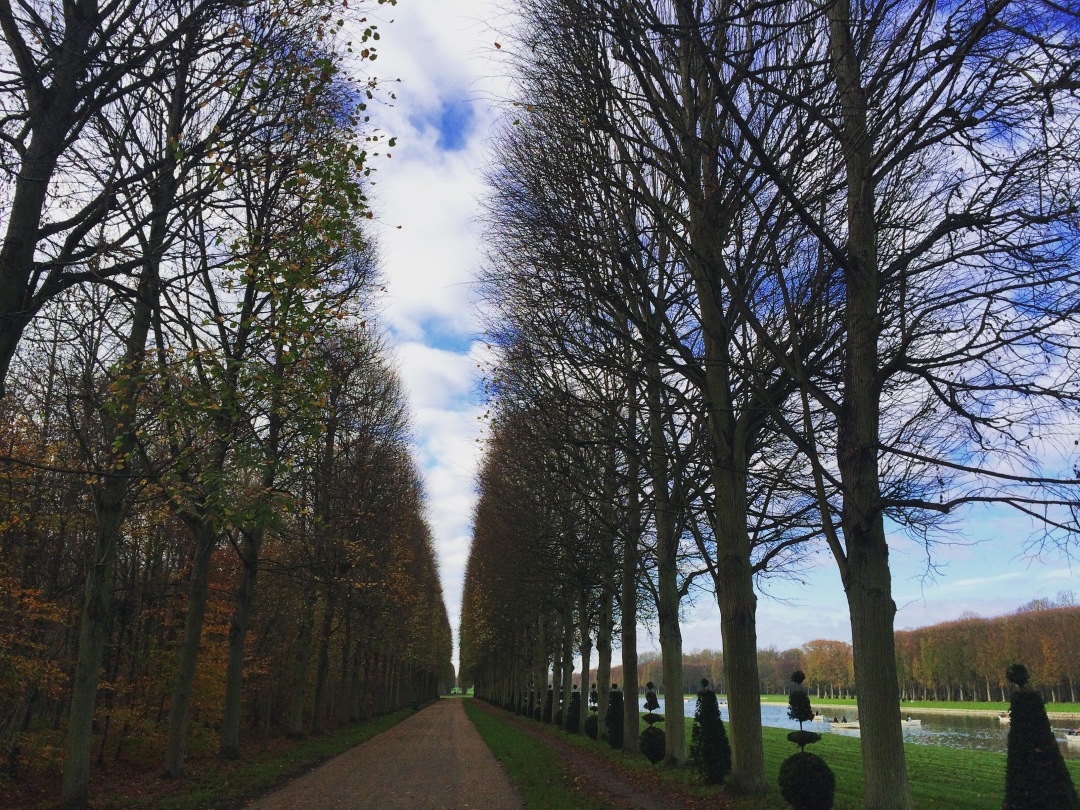
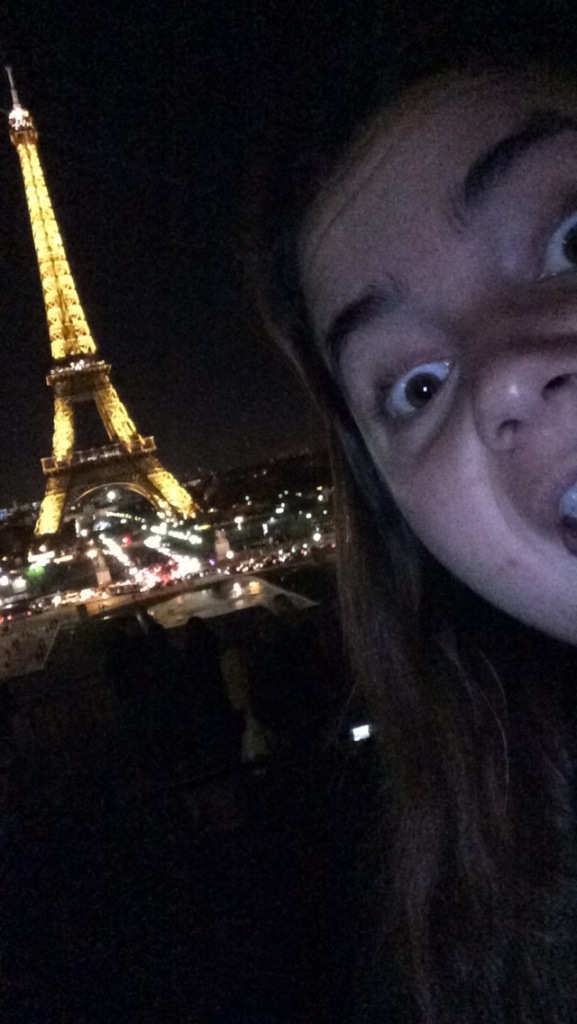
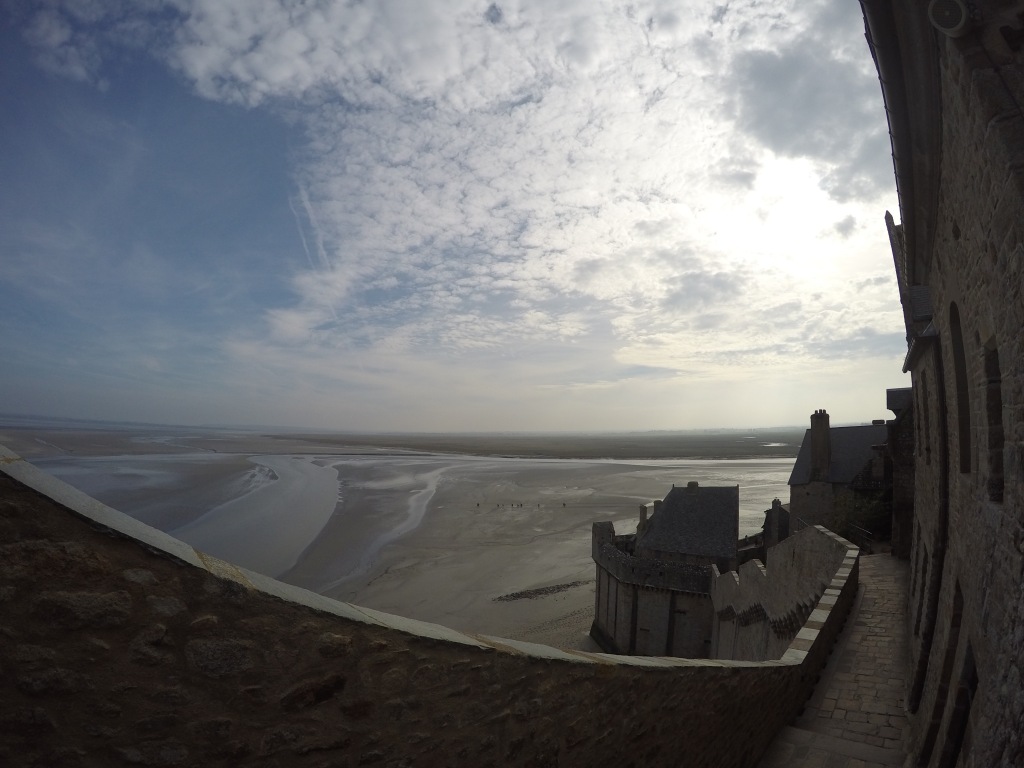
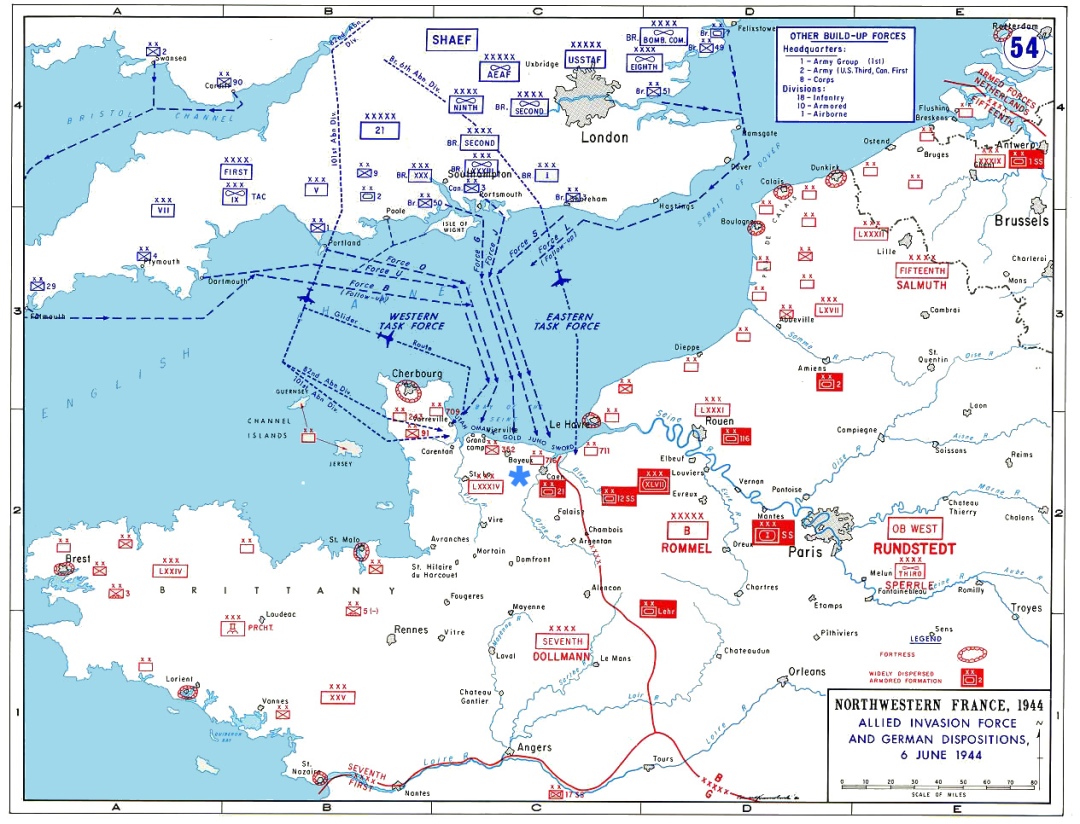
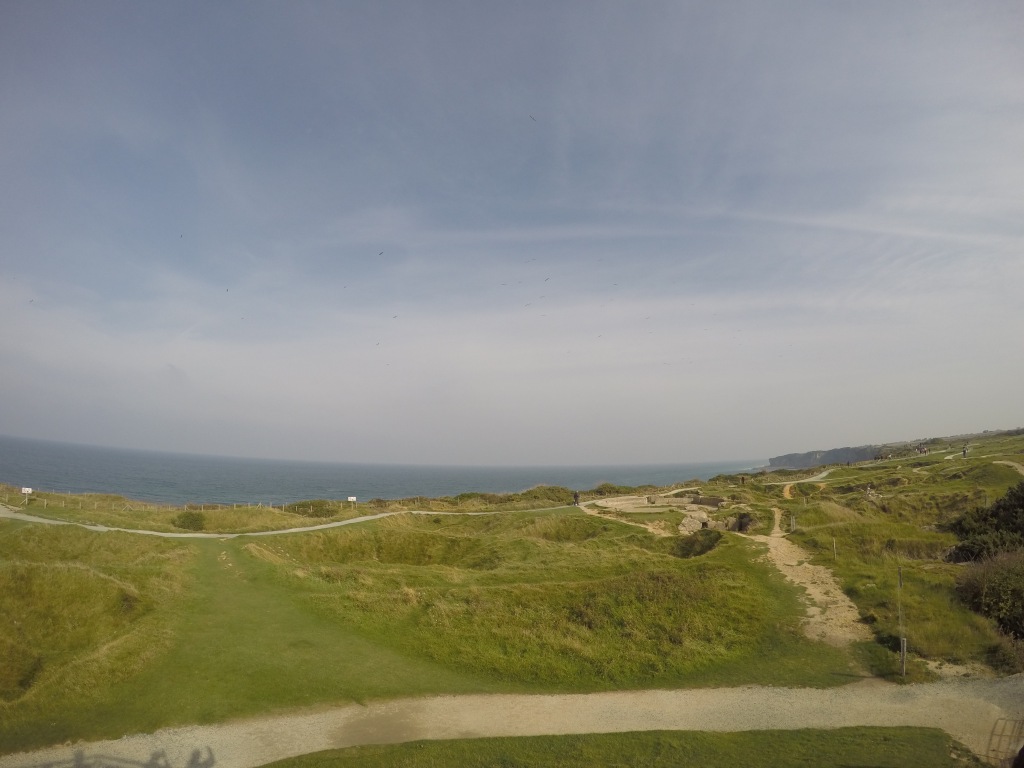

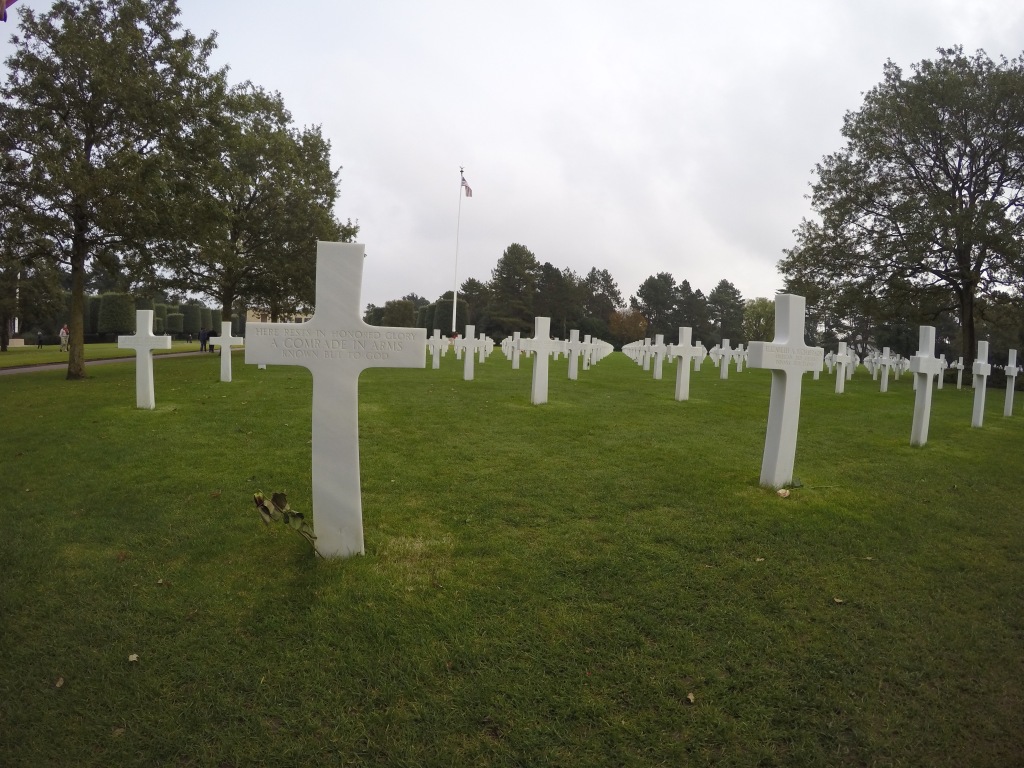

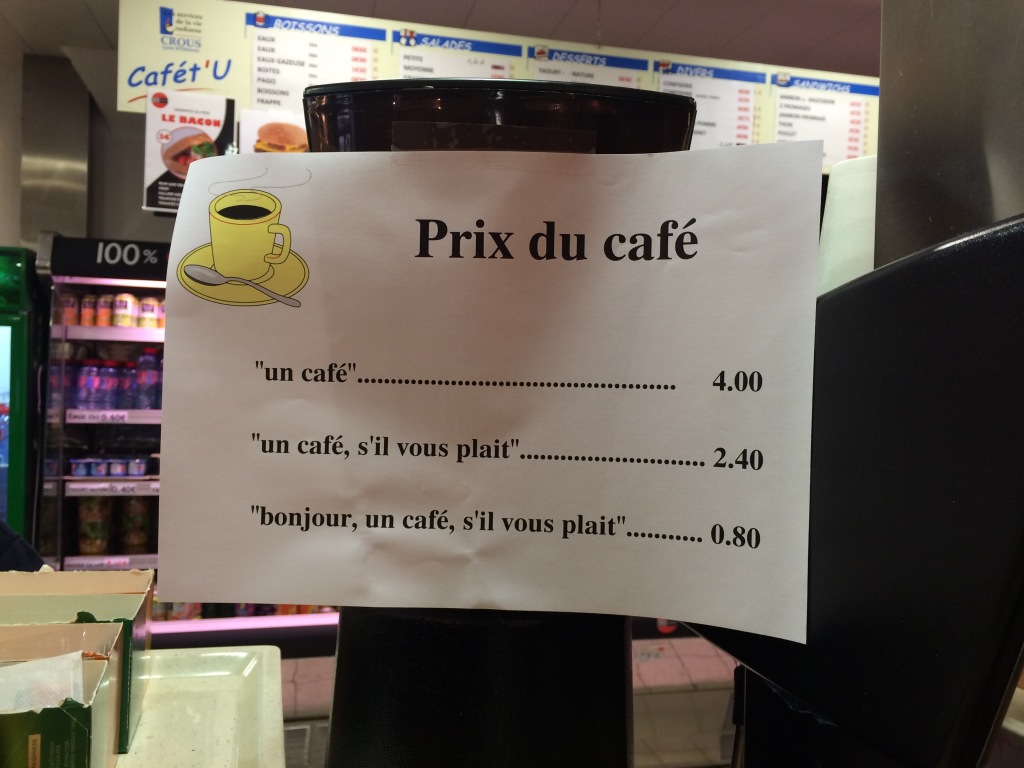
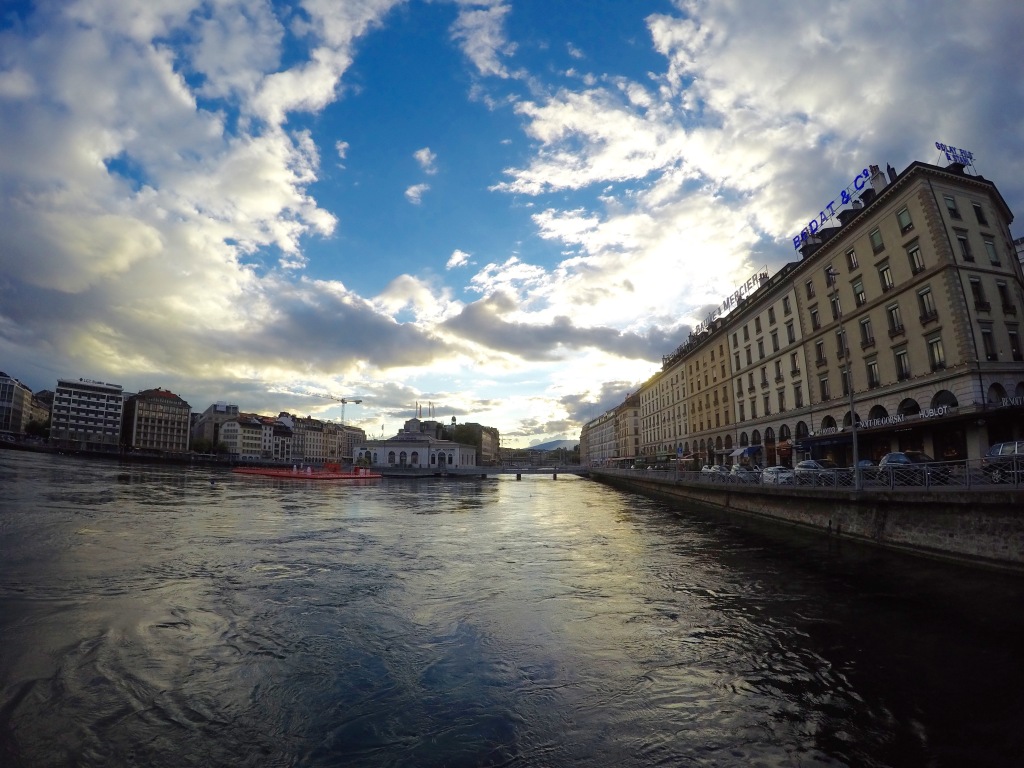
![The gorge[ous] gorge as we now like to call it.](https://steeleclad.files.wordpress.com/2015/09/gopr1278.jpg?w=1024&h=768)
